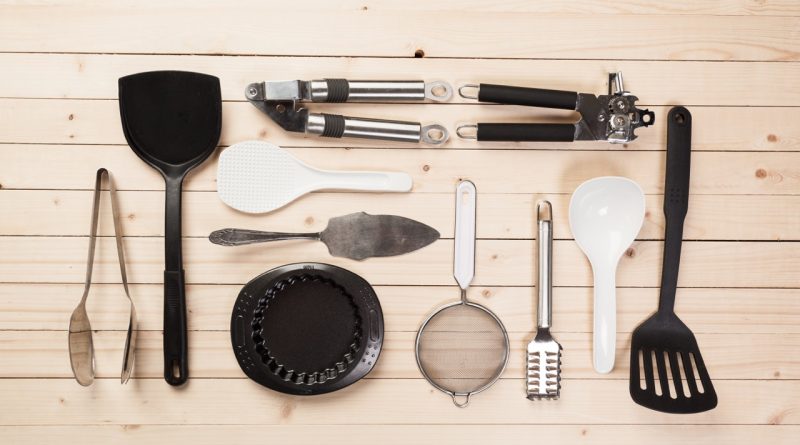Zwilling’s Role In The History Of Knife Making
Zwilling J.A. Henckels, a name synonymous with quality and craftsmanship, has played a pivotal role in the history of knife making. Founded in 1731 in Solingen, Germany, Zwilling has transformed the culinary world with its dedication to precision, innovation, and tradition. This article explores the origins of Zwilling, its pioneering techniques in knife design, its impact on culinary precision and safety, and how it has successfully merged tradition with modern needs.
The Origins of Zwilling: A Legacy in Knife Craftsmanship
The history of Zwilling J.A. Henckels dates back to the early 18th century when Peter Henckels registered the brand’s trademark in 1731. Located in Solingen, a city renowned for its steel production, Zwilling quickly became recognized for its high-quality cutlery. The use of exceptional materials, coupled with skilled craftsmanship, laid the foundation for a legacy that would span centuries.
Zwilling’s commitment to quality was evident from the start, as it emphasized the importance of using high-carbon stainless steel, which is both durable and resistant to corrosion. This choice of material set Zwilling apart from competitors who used inferior steels, leading to knives that were not only functional but also long-lasting. As a result, Zwilling gained a reputation for excellence among professional chefs and home cooks alike.
By the late 19th century, Zwilling had expanded its product range, incorporating innovative designs and techniques that would influence the industry. The company’s dedication to quality craftsmanship and its ability to adapt to changing times solidified its position as a leader in the world of knife making, establishing a legacy that continues to thrive today.
Innovations in Knife Design: Zwilling’s Pioneering Techniques
Zwilling J.A. Henckels has been at the forefront of numerous innovations that have shaped modern knife design. One significant advancement is the introduction of the "ice-hardening" technique, which involves cooling the steel to extremely low temperatures. This process not only enhances the blade’s hardness but also improves its overall durability and sharpness, making it a preferred choice among culinary professionals.
Another notable innovation is the ergonomic design of Zwilling knives. The company has consistently focused on the balance and comfort of its products, ensuring that chefs can work efficiently without experiencing fatigue. The introduction of the full tang blade, where the blade extends through the handle, provides better balance and control, allowing for precise cutting, slicing, and dicing.
Moreover, Zwilling has embraced modern manufacturing techniques, combining traditional craftsmanship with advanced technology. For instance, the use of laser technology to create precise blade patterns has led to the production of knives that are not only aesthetically pleasing but also functionally superior. This blend of innovation and tradition has allowed Zwilling to maintain its position as a pioneer in knife making.
The Impact of Zwilling on Culinary Precision and Safety
Zwilling’s commitment to quality and innovation has had a profound impact on culinary precision. Chefs and home cooks rely on the sharpness and durability of Zwilling knives for tasks ranging from intricate vegetable preparation to butchering meat. The company’s focus on creating blades that maintain their edge longer means that users can execute precise cuts with ease, enhancing the overall cooking experience.
In addition to precision, safety is a critical aspect of Zwilling’s design philosophy. The ergonomic handles and balanced weight distribution reduce the risk of accidents in the kitchen, allowing users to handle knives confidently. The use of high-quality materials also ensures that the knives are less likely to chip or break, further promoting a safer cooking environment.
Zwilling has also contributed to culinary education by providing resources and workshops aimed at teaching proper knife handling techniques. By emphasizing the importance of safety and precision, Zwilling not only enhances the cooking process but also fosters a culture of responsible kitchen practices among chefs of all levels.
Modern Zwilling: Merging Tradition with Contemporary Needs
As culinary trends evolve, Zwilling J.A. Henckels continues to adapt to contemporary needs while preserving its rich heritage. The company has expanded its product lines to include specialized knives, such as those designed for sushi preparation or bread slicing, catering to the diverse interests of modern chefs. This ability to evolve ensures that Zwilling remains relevant in a rapidly changing culinary landscape.
Sustainability has also become a focal point for Zwilling in the 21st century. The company has embraced environmentally friendly practices, such as using recycled materials in packaging and promoting responsible sourcing of raw materials. This commitment not only appeals to environmentally conscious consumers but also aligns with global efforts to reduce waste and promote sustainability in culinary practices.
Moreover, Zwilling has ventured into the digital realm, offering online tutorials and guides that educate users on knife care and maintenance. By providing these resources, Zwilling empowers home cooks to make informed decisions about their kitchen tools, ensuring that the legacy of quality craftsmanship continues to thrive in modern kitchens around the world.
In conclusion, Zwilling J.A. Henckels has significantly influenced the history of knife making through its unwavering commitment to quality, innovation, and safety. From its origins in Solingen to its modern adaptations, Zwilling has consistently set the standard for excellence in cutlery. As the culinary world continues to evolve, Zwilling’s blend of tradition and contemporary needs ensures that it will remain a trusted name in kitchens for generations to come.
